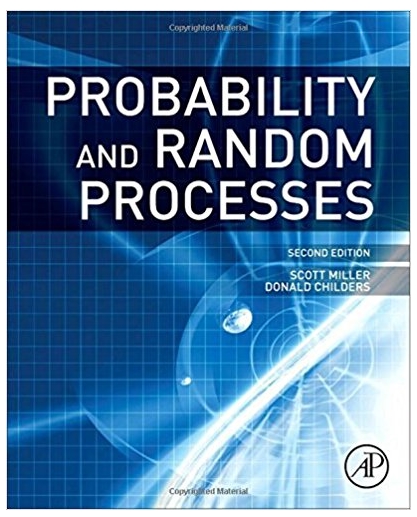1. Let r = 0.5 and choose x0 = 0.2. Either by hand or by using a computer, calculate the first 10 values in the sequence. Does the sequence appear to converge? If so, to what value? Does it result in a cycle? If so, what kind of cycle (for example, 2 ? cycle, 4 ? cycle.)? 2. What happens when r = 2? 3. For r = 3.2 and r = 3.5, calculate the first 100 sequence values. Generate a cobweb diagram for each iterative process. (Several free applets are available online that generate cobweb diagrams for the logistic map.) What is the long-term behavior in each of these cases? 4. Now let r = 4. Calculate the first 100 sequence values and generate a cobweb diagram. What is the longterm behavior in this case? 5. Repeat the process for r = 4, but let x0 = 0.201. How does this behavior compare with the behavior for x0 = 0.2?
Iterative Processes and Chaos Iterative processes can yield so me very interesting behavior. In this section, we have seen several examples oi iterative processes that converge to a fixed point. We also saw in Example 4.48 that the iterative process bounced back and forth between two values. We call this kind of behavior a 2 - cycle. Iterative processes can converge to cycles with various periodicities, such as 2 cycles, 4 cycles (where the iterative process repeats a sequence of tour values), 3 cycles. and so on. 'i gram i hour: dandy-1h whim: WMMmMnMymku-atm Some iterative processes yield what mathematicians call chaos. In this case, the iterative process jumps from vaiue to value in a seemingly random ieshion and never converges or settles into a cycle. Although a complete exploration 0! chaos is beyond the scope of this text, in this project we look at one at the key properties of a chaotic iterative process: sensitive dependence on initial conditions. This property refers to the concept that small changes in initial conditions can generate drastically different behavior in the iterative process. Probably the bestKnown example of chaos is the Mandelbrot set (see Figure 4.83), named after Benoit Mandelbrot (19242010). who investigated its properties and helped popularize the field of chaos theory. The Mandelbrot set is usually generated by computer and shows fascinating details on enlargement. including salt-replication of the set. Several colorized versions of the set have been shown in museums and can be found online and in popular books on the subject. a? vE-ZJJEJEQI'IELI)? In this proiect we use the logistic map L1,. :9. inthwovudeittnrh in. row-up 1:9. as the function in our iterative process. The logistic map is a deceptively simple function; but. depending on the value of r, the resulting iterative process displays some very interesting behavior. It can lead to fixed points. cycles, and even chaos. To visualize the long-term behavior at the iterative process associated with the logistic map, we will use a tool called a cobweb diagram. As we did with the iterative process we examined earlier in this section, we first draw a vertical line from the point an- 0.1 t 2 (X0. x1). We then draw a horizontal line lrorn that point to the point (XI, x1), then draw a vertical line to [If]. jolt] = on, 12), and continue the process until the long-term behavior ot the system becomes apparent. Figure 4.34 shows the long-term behavior of the logistic map when r: 3.55 and x0 = 0.2. (The first 100 iterations are not plotted.) The long-term behavior of this iterative process is an 3 -cycle. r {[x) : 3 55M]. - x) Figure 4.84 A cobweb diagram for f(x) = 3.5541 x) is presented here. The sequence of values results in an 8 - cycle. Now let r: 4. Calculate the rst 100 sequence values and generate a cobweb diagram, What is the longterm behavior in this case







